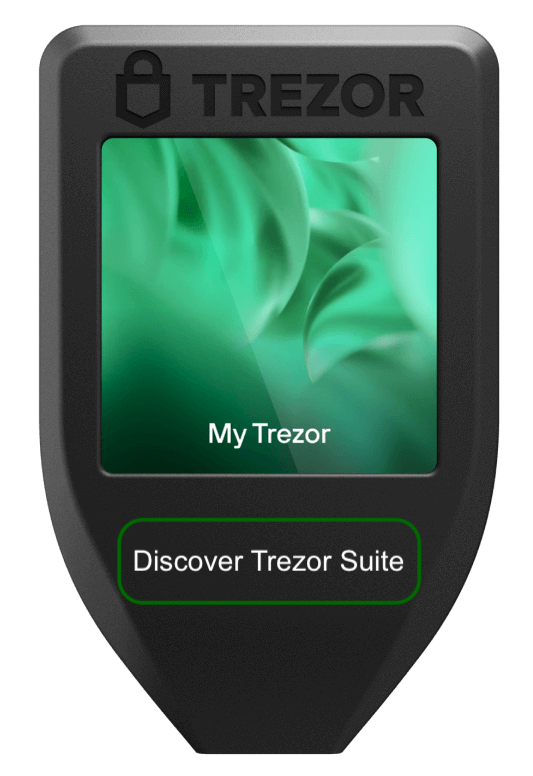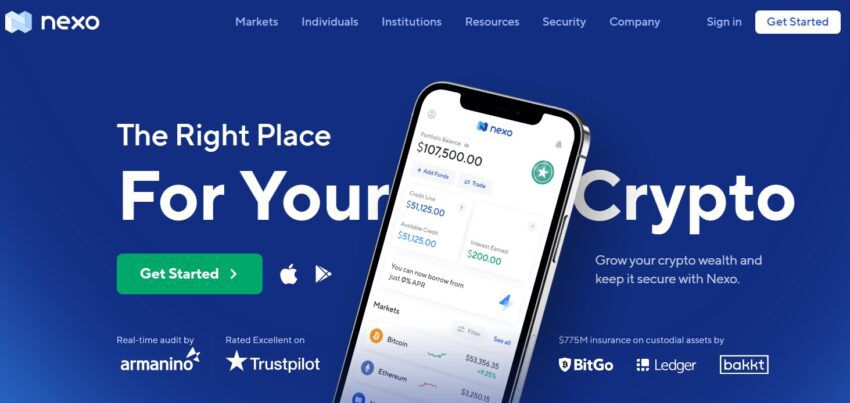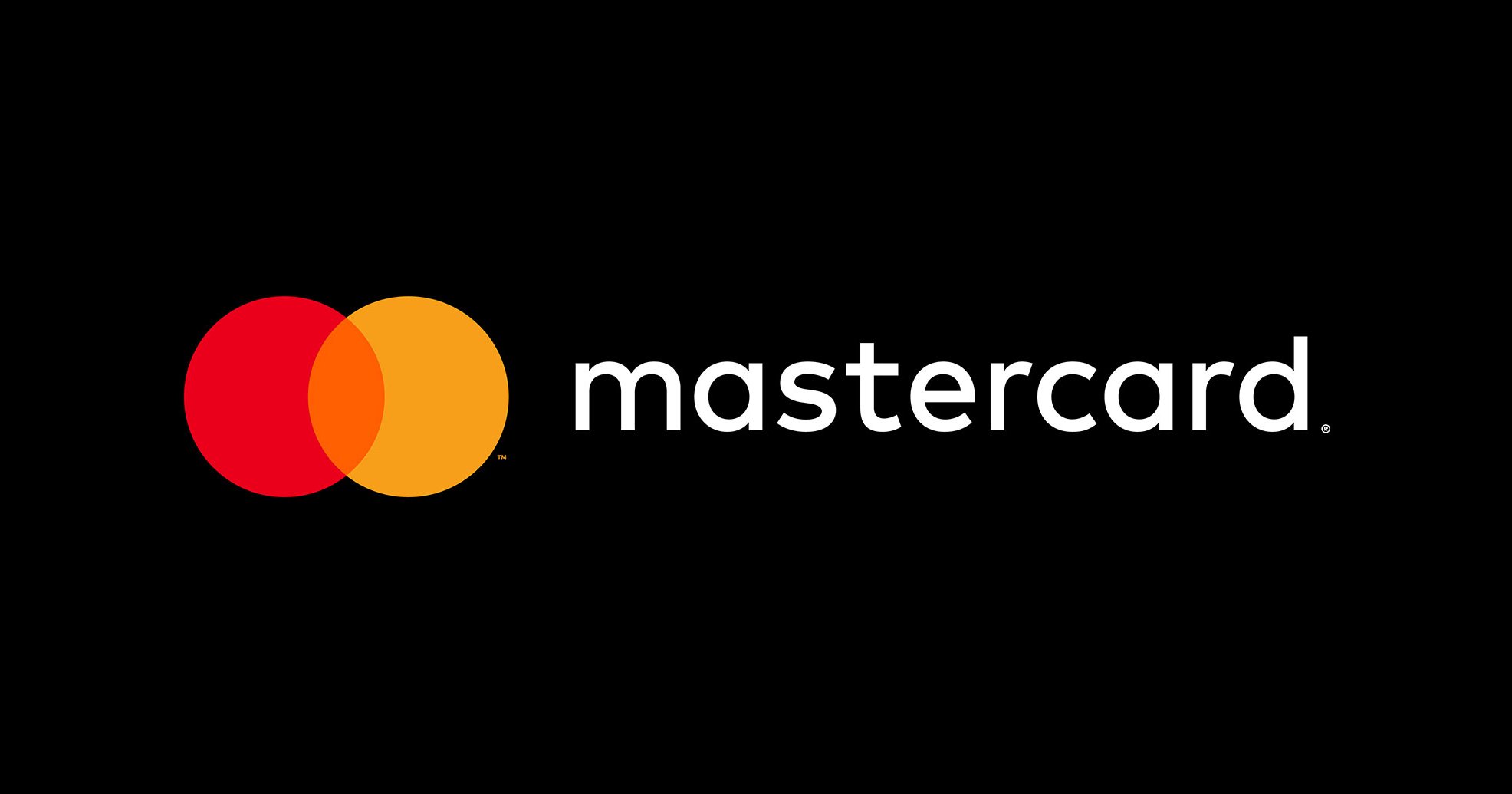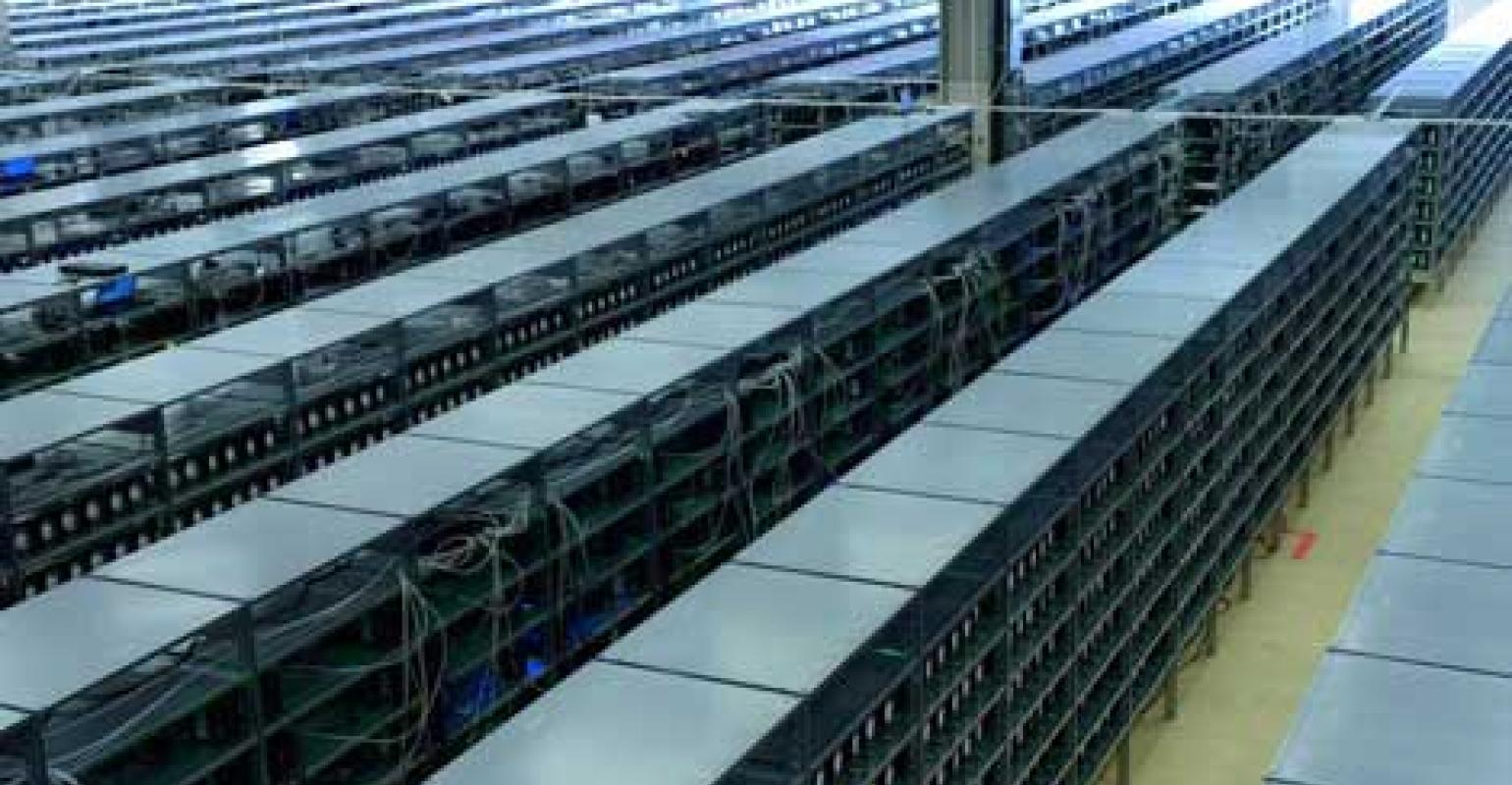
James Carter
Chainlink vs Avalanche: A Comprehensive Comparison of Two Popular Blockchain Platforms.
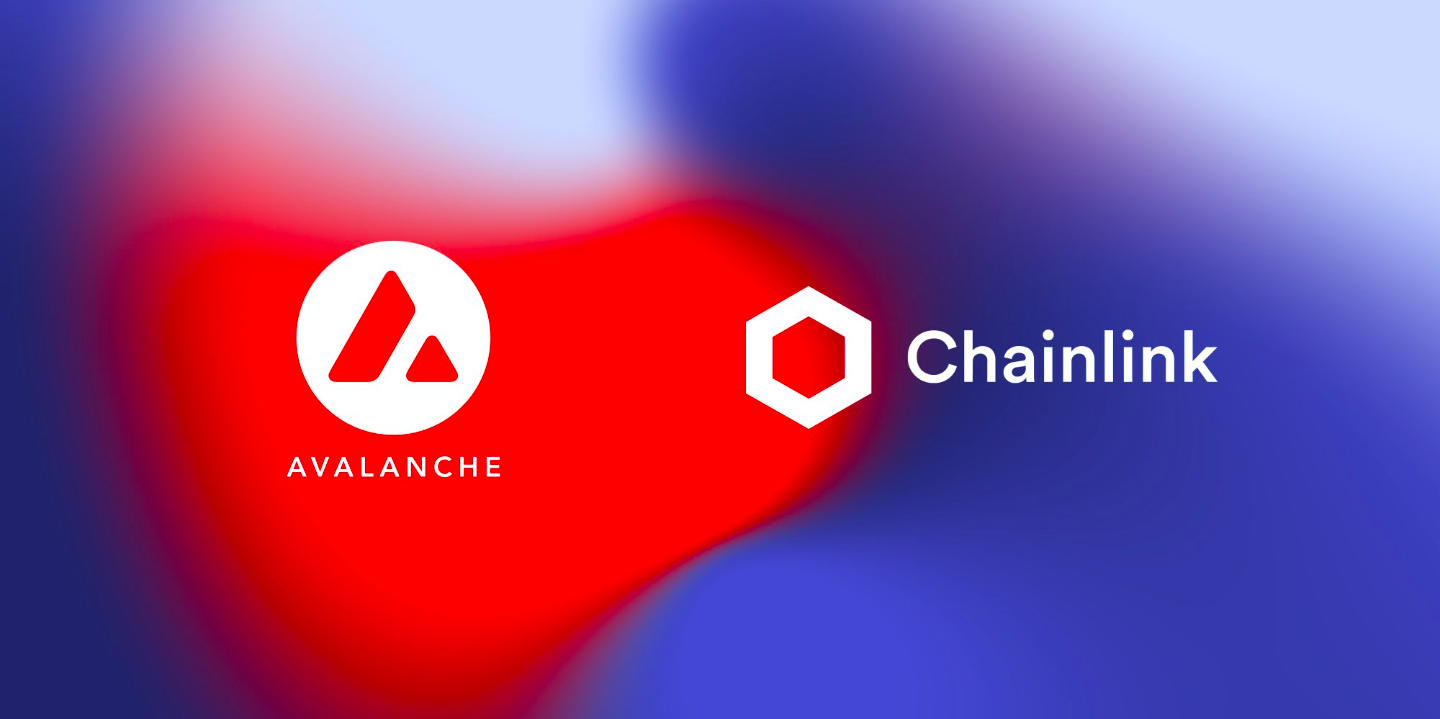
Smart contracts have become an integral part of the blockchain space. They enable developers to create complex applications and automate various processes that were previously impossible without the need for intermediaries. Smart contracts operate on blockchain platforms, which provide the infrastructure needed to run and manage these contracts. Chainlink and Avalanche are two such platforms that have gained popularity in the blockchain space. Both offer unique features and capabilities that make them attractive to different types of users.
Chainlink vs Avalanche
In this article, we will compare Chainlink and Avalanche, looking at their strengths and weaknesses and examining how they complement each other. We will start by providing an overview of each platform and then move on to the comparison.
I. Chainlink
Chainlink is a decentralized oracle network that provides a secure and reliable way to transfer data from off-chain sources to on-chain smart contracts. Chainlink’s goal is to connect smart contracts with real-world data, enabling developers to build more sophisticated applications. Chainlink does this by using a network of nodes that provide data to smart contracts. The data is verified and authenticated, ensuring its integrity and reliability.
1. Decentralized Oracle Network
Chainlink’s main feature is its decentralized oracle network. Oracles are a crucial component of smart contract execution because they allow smart contracts to interact with the outside world. Oracles provide data and information to smart contracts, such as prices, weather data, and other real-world information that is necessary for the contract to execute. Chainlink’s decentralized oracle network is designed to provide secure and reliable data feeds to smart contracts. It does this by using a network of nodes that aggregate data from various sources, ensuring its accuracy and reliability.
2. Multiple Nodes
Chainlink uses multiple nodes to ensure the reliability of its data feeds. Each node is responsible for verifying the data it receives and passing it on to the smart contract. This ensures that the data is accurate and reliable, as it has been verified by multiple sources. Chainlink also uses a reputation system to ensure that nodes are incentivized to provide accurate and reliable data.
3. Data Aggregation
Chainlink uses data aggregation to ensure that its data feeds are accurate and reliable. Data aggregation is the process of collecting and combining data from multiple sources to provide a more accurate and reliable data feed. Chainlink’s nodes aggregate data from various sources, such as APIs, to provide a more accurate and reliable data feed.
II. Avalanche
Avalanche is a blockchain platform that uses a unique consensus mechanism to achieve high transaction throughput and low fees. Avalanche is designed to be scalable and interoperable, allowing developers to create complex applications and interact with other blockchain platforms.
1. Consensus Mechanism
Avalanche uses a consensus mechanism called Avalanche-X. This consensus mechanism is designed to achieve high transaction throughput and low fees. Avalanche-X uses a series of subnets that operate in parallel, allowing for a high degree of parallelism. This enables Avalanche to process thousands of transactions per second.
2. Multiple Virtual Machines
Avalanche supports multiple virtual machines, including EVM (Ethereum Virtual Machine), JVM (Java Virtual Machine), and WASM (WebAssembly). This allows developers to build applications using a variety of programming languages, making Avalanche more accessible to developers. Avalanche is also compatible with Ethereum dApps, allowing developers to easily port their existing applications to Avalanche.
3. Interoperability
Avalanche is designed to be interoperable with other blockchain platforms. Avalanche supports cross-chain transfers, enabling users to transfer assets between Avalanche and other blockchain platforms. Avalanche also supports the creation of subnets, which can be used to create customized blockchain platforms that are interoperable with Avalanche.
Similarities and differences between Chainlink and Avalanche
Now that we have looked at Chainlink and Avalanche individually let’s compare the two platforms.
1. Oracle Network vs Consensus
The main difference between Chainlink and Avalanche is that Chainlink is an oracle network, while Avalanche is a blockchain platform. Chainlink’s main focus is on providing reliable, and secure data feeds to smart contracts, while Avalanche’s main focus is on achieving high transaction throughput and low fees. However, both platforms are designed to work with smart contracts and have their strengths and weaknesses.
2. Scalability
One of Avalanche’s strengths is its scalability. Avalanche’s consensus mechanism allows for high transaction throughput, making it ideal for applications that require a high degree of scalability. In contrast, Chainlink’s oracle network is designed to provide reliable and secure data feeds, but it is not designed to handle a large number of transactions.
3. Interoperability
Avalanche’s support for interoperability is another strength. Avalanche’s ability to work with multiple virtual machines and support cross-chain transfers makes it an attractive option for developers who want to create applications that can interact with other blockchain platforms. In contrast, Chainlink’s focus on providing reliable and secure data feeds does not require as much interoperability.
4. Oracle Security
Chainlink’s focus on providing reliable and secure data feeds to smart contracts makes it a popular choice among developers who value security. Chainlink’s use of multiple nodes and data aggregation ensures that the data it provides is accurate and reliable. However, Avalanche’s consensus mechanism is also designed to be secure, and its use of subnets allows for greater security and customization.
5. Tokenomics
Both Chainlink and Avalanche have their own tokens. Chainlink’s token, LINK, is used to pay for the use of Chainlink’s oracle network. Avalanche’s token, AVAX, is used to pay transaction fees and secure the network. Both tokens have their own unique tokenomics, which should be considered when evaluating each platform.
WATCH THE VIDEO BELOW FOR MORE CLARIFICATION
Advantages and Disadvantages of Chainlink and Avalanche
The followings are some advantages and disadvantages of each platform:
A. Chainlink:
- Advantages:
- Reliable and secure data feeds to smart contracts.
- Decentralized network with multiple nodes and data aggregation.
- Strong focus on security.
2. Disadvantages:
- Limited scalability, not designed for handling a large number of transactions.
- Not designed for interoperability with other blockchain platforms.
- Limited use cases beyond providing data feeds to smart contracts.
B. Avalanche:
- Advantages:
- High transaction throughput and low fees.
- Support for interoperability with other blockchain platforms.
- Secure consensus mechanism.
2. Disadvantages:
- Less mature ecosystem compared to other blockchain platforms.
- Limited smart contract functionality compared to other platforms like Ethereum.
- The higher learning curve for developers due to its unique consensus mechanism.
Summary
Chainlink and Avalanche are two popular blockchain platforms that provide unique features and capabilities. Chainlink’s focus on providing reliable and secure data feeds to smart contracts makes it an attractive option for developers who value security. In contrast, Avalanche’s focus on achieving high transaction throughput and low fees makes it an attractive option for developers who value scalability. Both platforms are designed to work with smart contracts, but they have different strengths and weaknesses.
While Chainlink and Avalanche are different platforms, they can be used together to create more sophisticated applications. For example, Chainlink’s oracle network could be used to provide reliable, and secure data feeds to smart contracts on Avalanche. In contrast, Avalanche’s scalability could be used to handle a large number of transactions generated by Chainlink’s oracle network. Overall, having a variety of blockchain platforms that can work together is important for the growth of the decentralized ecosystem.
Latest
Technology
09 May 2024
Technology
19 Apr 2024
Technology
16 Jan 2024
Technology
31 Aug 2023
Technology
24 Jun 2023
Technology
24 Jun 2023


